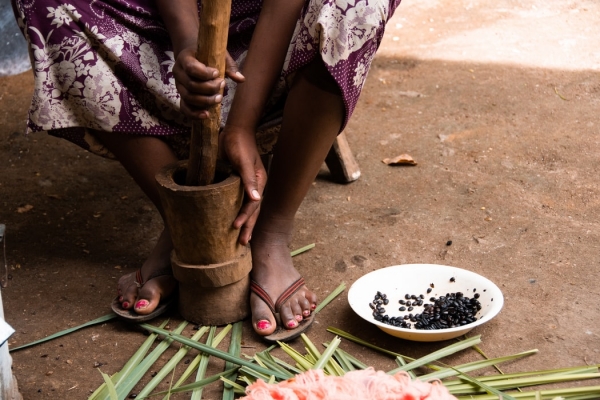The author of this article is Kizzi Asala who works for the Agence France-Presse (AFP) as a legal advisor. The AFP is a news organization based in Paris, France. Asala is a writer for Africanews which is a subsection of the AFP that focuses on news based in Africa.
The article conveys its importance by highlighting the disasters experienced by the citizens of the Tigray region in Ethiopia from first hand sources. There are a series of pictures and tweets showcased throughout the article which identify the living situations of the innocent civilians who were harmed by the massacre in November 2020. AFP also spoke with victims to get first hand accounts of the massacre. According to Beyenesh Tekleyohannes, a mother, wife, and citizen of the Tigray region in Ethiopia, after she heard gunshots she went into hiding for three days. When she emerged, her husband, two sons, and two nephews had all been murdered by Eritrean soldiers. Using primary accounts such as this is the way in which AFP and Africa News elicit an emotional response from their readers.
Key points of the report are that the Eritrean soldiers have massacred the people of the Tigray region within Ethiopia. Amnesty International published a report last week highlighting how the Eritrean troops reportedly “systematically killed hundreds of unarmed civilians” in the Tigrayan city of Axum, also in November 2020, at the same time as the massacre in the Tigray region. Civilians who have spoken out after the massacre, according to AFP, identify the people committing the attacks as undoubtedly Eritrean troops based on their accents and their facial scars which are specific to Eritrea’s Ben Amir ethnic group. The report also highlights the origins of this conflict from two decades ago, in which the Tigray People’s Liberation Front (TPLF) dominated the central government and the Eritrean and Ethiopian people fought one another in a brutal border war leaving thousands dead. Some see the present day conflict as revenge from the Eritrean troops, according to AFP and Africa News.
This is not the first time that the Tigray region of Ethiopia has been under attack at the hands of Eritrean troops, and it will not be the last if there is no humanitarian intervention in the region. The countries that are most able to provide military aid in times such as these when there are innocent and unarmed civilians being targeted with violence are the larger and more powerful ones. Thus, one possible method of mitigating violence in the Tigray region is to seek help from the outside. The United Nations also has a responsibility to protect innocent and unarmed civilians especially when they are being targeted by violent forces such as the Eritrean troops. With aid from the outside world, Ethiopia stands a chance to improve instead of being resigned to the same level of violence it has endured for decades.
To know more, please read:
https://www.africanews.com/2021/03/03/victims-of-tigray-conflict-in-ethiopia-recount-massacre/
Author: Gabriella Pavlakis; Editor: Sitara Sandhu




